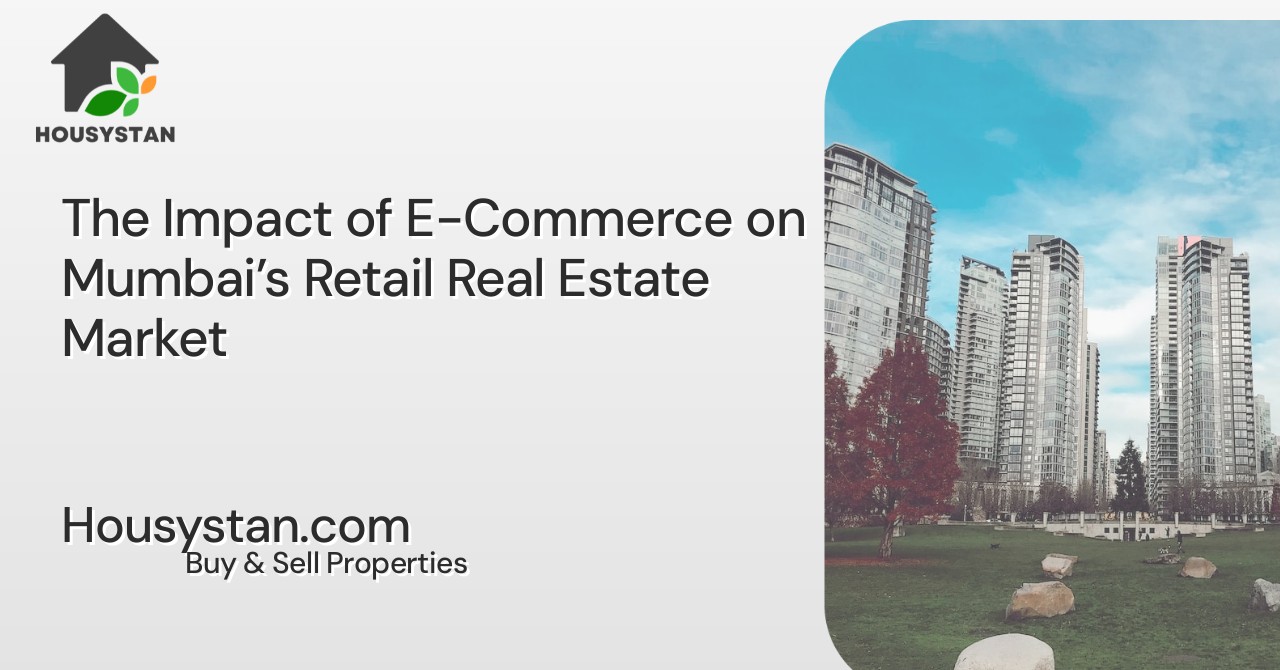The Impact of E-Commerce on Mumbai’s Retail Real Estate Market
Read latest blogs and articles from Housystan

The Information mentioned here was last updated on:
30/11/2025The Impact of E-Commerce on Mumbai’s Retail Real Estate Market
Mumbai, India’s bustling financial hub, is witnessing a dynamic transformation in its retail real estate sector, largely driven by the rapid expansion of e-commerce. As online shopping gains traction among Mumbai’s tech-savvy consumers, traditional brick-and-mortar stores are adapting to remain relevant in an evolving marketplace. The proliferation of digital retail platforms is not just changing consumer habits but also reshaping the landscape of commercial properties across the city.
With the surge in online shopping, demand for conventional retail spaces in Mumbai’s prime locations—including South Mumbai, Bandra, Andheri, and Powai—has seen significant shifts. Many established brands and local businesses are re-evaluating their physical store presence, opting for smaller showrooms or integrating experiential zones that complement online sales channels. This trend has led to an increased focus on flagship stores, pop-up outlets, and hybrid retail models that blend in-person experiences with digital convenience.
- Verified Tenants/Buyers
- Unlimited Property Listing
- Zero subscription/charges fee
Moreover, e-commerce has sparked a boom in logistics and warehousing requirements throughout the Mumbai Metropolitan Region. The rise in last-mile delivery services has heightened the need for strategically located storage facilities in areas such as Bhiwandi, Navi Mumbai, and Thane. As a result, commercial developers and investors are pivoting towards mixed-use properties and logistics parks, ensuring faster delivery times and enhanced customer satisfaction.
Retail real estate in Mumbai is also witnessing a surge in adaptive reuse of existing spaces, as shopping malls and high street properties evolve to accommodate omnichannel strategies. Property owners are investing in technology-enabled infrastructure, seamless payment systems, and curated tenant mixes to attract foot traffic and foster brand loyalty. At the same time, the local government’s initiatives to improve urban infrastructure and promote smart city concepts are supporting this transformation, creating new opportunities for growth and innovation within the sector.
In summary, the e-commerce revolution is redefining Mumbai’s retail real estate landscape. Stakeholders who embrace digital integration, flexible leasing, and customer-centric design are well-positioned to succeed in this vibrant, competitive market. As the city continues to grow, synergy between e-commerce and physical retail will shape the future of Mumbai’s commercial realty.